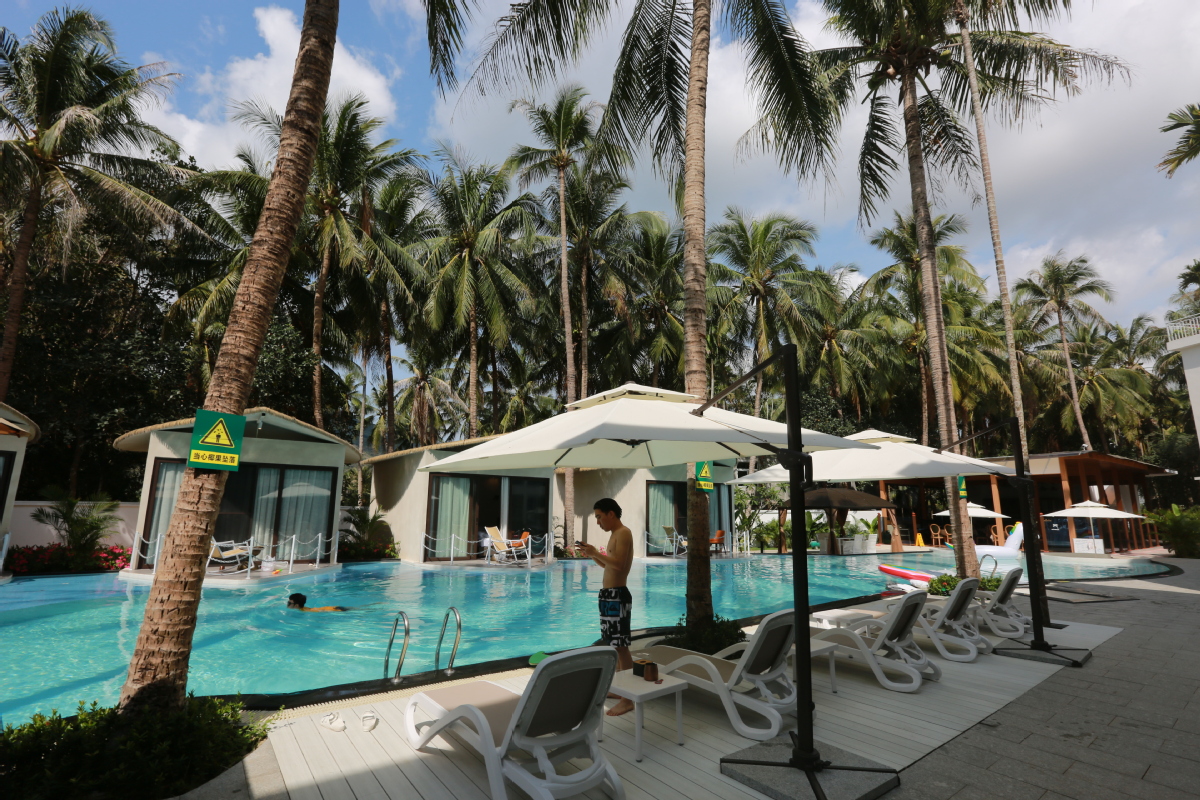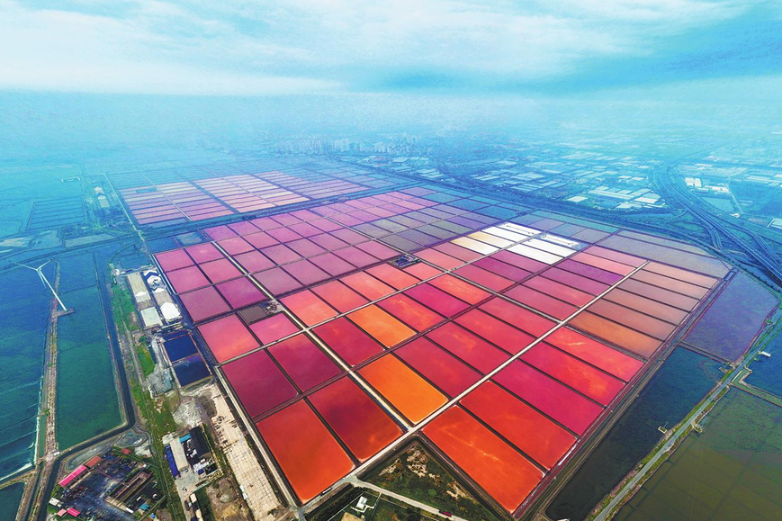Village vacations help island paradise flourish
The homestay sector is driving rural rejuvenation and raising incomes. Cao Yin and Ma Zhiping report in Hainan.


Unlike many tourism and related businesses that have suffered because of the COVID-19 outbreak this year, Tan Zhongxian's homestay in Bohou village, Sanya, Hainan province, has flourished.
The ongoing pandemic overseas has forced a large number of Chinese travelers, especially those who regularly take island tours, to abandon plans to travel abroad.
Instead, many have chosen Hainan, China's only tropical island province, as their holiday destination, especially as the outbreak has basically been brought under control nationwide, according to Tan, who is secretary general of the homestay association in Bohou.
Yalong Bay in Sanya, Hainan's most southerly city, does not lack luxury hotels, but given the expense and similar facilities, "our village homestays, with their home-from-home atmosphere, delicious local food and beautiful quiet countryside, are more affordable for the average tourist," the 39-year-old said.
According to a recent report in Sanya Daily, the average occupancy rate of the 1,000 rooms in the village's 34 homestays was more than 85 percent during the five-day Labor Day holiday in May. For example, 34 of the 38 rooms in Tan's homestay were occupied during the period, with prices ranging from 150 yuan to 260 yuan ($21 to $37) per night.
Just a short drive from the sea, all the homestays in the village offer shuttle services and special activities, such as picking tropical fruit and visits to a rose valley.
Visitors not only enjoy the usual blue skies and warm sunshine, but also learn about local habits.
"To choose us is to choose a life closer to that of real Hainan residents," Tan said, adding that the industry has helped villagers, including himself, to become rich.
Last year, the Hainan Provincial Department of Housing and Urban-Rural Development issued a village homestay development plan.
The blueprint called for governments at county and township levels to make better use of land resources to develop the industry and rejuvenate local employment, plus the tourism, agricultural and cultural sectors.
There are 556 homestays on the island, with 145 of them in villages, the department said. It estimates the total will rise to 6,500 by 2030.
Recognizing the homestay sector as an important way of promoting rural revitalization, the plan requires government agencies to identify local characteristics and advantages and take measures to suit the prevailing conditions and expand training in homestay services.
























